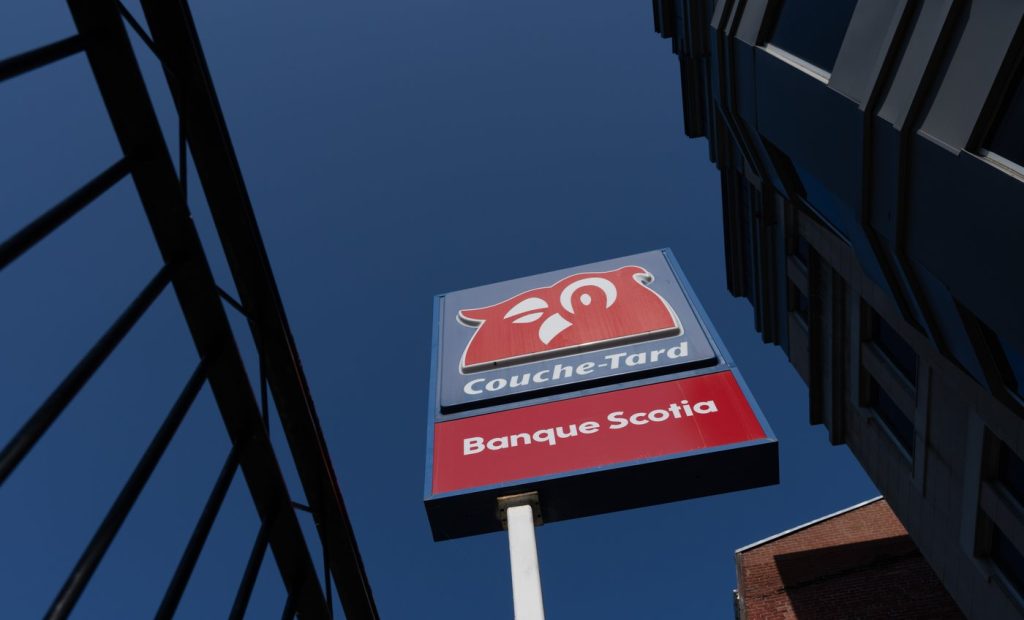Did you know Aug. 1 is Emancipation Day in Ontario?
Posted August 1, 2016 3:04 pm.
Last Updated August 1, 2016 7:23 pm.
This article is more than 5 years old.
Many people are out celebrating Civic Day on Monday but did you know it is also Emancipation Day in Ontario?
In 2008, the province designated Aug. 1 as Emancipation Day, marking the end of slavery in the British Empire in the mid-19th century. The date usually falls around the August long weekend.
The Ontario legislature passed the private members’ bill, which was moved by PC MPP Ted Arnott and former Liberal MPP Maria Van Bommel.
“Today, we commemorate the anniversary of the enactment of the British Imperial Act, known as Emancipation Day. Inspired in large part by the heroic actions of William Wilberforce, the British Parliament voted in 1834 to abolish slavery in most of the British Empire,” Ontario Progressive Conservative Leader Patrick Brown said in a statement on Monday.
“The passage of the British Imperial Act made Ontario a beacon of freedom and hope, and launched the Underground Railroad, from which escaping slaves found their way to Ontario, and freedom.”
To mark the day and the role of the Underground Railroad in Canadian history, people rode the ‘underground freedom’ train in the TTC subway just after midnight on Monday. People sang, played music, and read poetry.
Watch video of the event below or on mobile click here
Simcoe Day in Toronto
The holiday goes by different names in other provinces and even in different cities in Ontario. In 1968, Toronto city council designated the first Monday in August as Simcoe Day after John Graves Simcoe, who helped to start the anti-slavery movement in Canada.
Across the province it is known as the following: Colonel By Day in Ottawa, Joseph Brant Day in Burlington, and John Galt Day in Guelph. Outside of the province, the holiday is known as as Natal Day in Nova Scotia and Prince Edward Island, Regatta Day in Newfoundland, and British Columbia Day in British Columbia.
How is John Graves Simcoe related to Emancipation Day?
John Graves Simcoe, an army officer, was lieutenant-governor of Upper Canada, now known as Ontario, from 1791 to 1796. He also established the capital city in York, which later became Toronto.
In March 1793, Chloe Cooley, an enslaved Black woman in Upper Canada, was bound and thrown into a boat to be sold in the United States. Peter Martin, who was a free black man, saw what happened and asked another person who witnessed the incident to relay it to Simcoe.
Simcoe was moved to pass new legislation called ‘Act to Prevent the further Introduction of Slaves and to limit the Term of Contracts for Servitude’ (Act to Limit Slavery in Upper Canada) on July 9 of that year.
It was one of the first pieces of legislation aiming at prohibiting slavery in North America. The Act outlawed purchase of new slaves and freed the children of slaves when they reached 21 years old.
Forty years later, Britain’s Slavery Abolition Act abolished slavery in the British Empire. It received Royal Assent on Aug. 28, 1833, and took effect on Aug. 1, 1834.
The Act freed nearly one-million slaves in Canada, as well as in the Caribbean and South Africa.
How far have we come from slavery?
Activist Ekua Andria Walcott, executive director of the Harriet Tubman Community Organization, said remnants of slavery still persist today.
“There’s not only echoes (of slavery), there’s entrenched anti-black discrimination at the foundation of every institution in this country not just here in Ontario. I think it’s international,” Walcott said.
“At every level that you look of government, of the medical system, the mental health system … our people are suffering in those areas.”
She said while it is important to celebrate liberation, you have to make it your own.
“I don’t really feel that you can be liberated by anyone else. I think you have to take your liberation. I think you have to define it for yourself and you have to go grab it wherever you can because it’s never really ever been given.”








